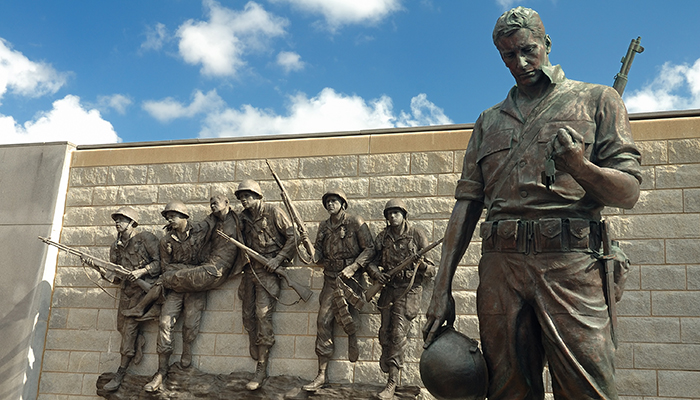
Close to 2 million American soldiers fought in the Korean War from 1950 to 1953. More than half of those who served in what is often called the “Forgotten War” are still alive. Most of these soldiers were born during the 1920s and 1930s. They are now in their 80s and 90s, with some cresting 100 years of age. Perhaps you have a family member who fought in that war.
More than 150,000 American soldiers were killed or wounded in the Korean War. Everyone who served in Korea was subject to extremely cold and wet conditions. The soldiers suffered from frostbite, trench foot, and hypothermia. Although these injuries occurred decades ago, they set up Korean War veterans for a particular array of health problems in old age:
- Numbness of the feet. Lack of feeling in the feet often leads to poor balance and frequent falls. Also lack of awareness of wounds and infections, which can result in the need for amputation. If the veteran has diabetes, the risk of amputation is even greater.
- Peripheral vascular disease (PVD). This disease affects the blood vessels, causing them to narrow and sometimes spasm. Blood flow in the legs decreases, causing pain.
- Skin cancers. Korean War vets are getting cancer at the site of their frostbite scars. Usually this is on the feet and earlobes.
- Arthritis in previously cold-injured areas.
- Nighttime pain.
- Extra sensitivity to cold.
Also, aging veterans of any war may experience delayed symptoms of posttraumatic stress disorder (PTSD). These symptoms commonly include nightmares, insomnia, and/or increased anxiety.
If the Korean War vet in your life is experiencing any of these issues, contact the nearest VA Environmental Health Coordinator. Explain that your relative fought in the Korean War. The VA knows about these problems and can offer resources to help.

